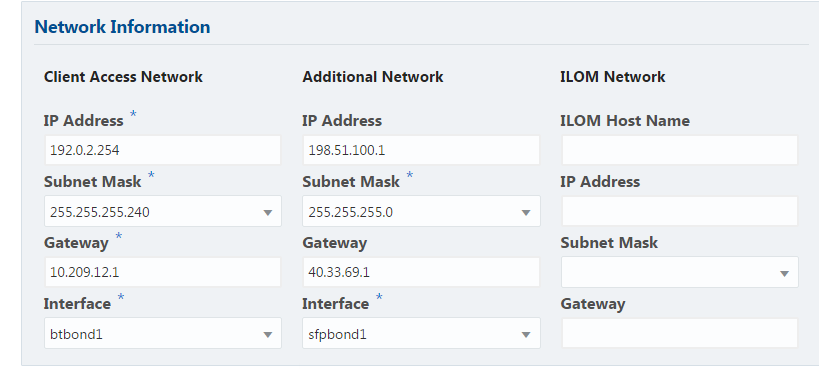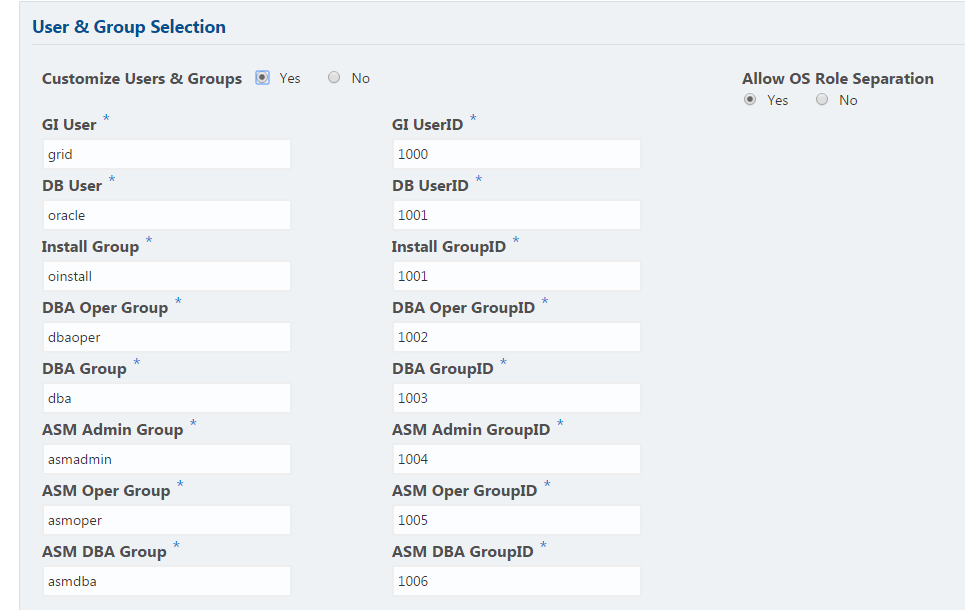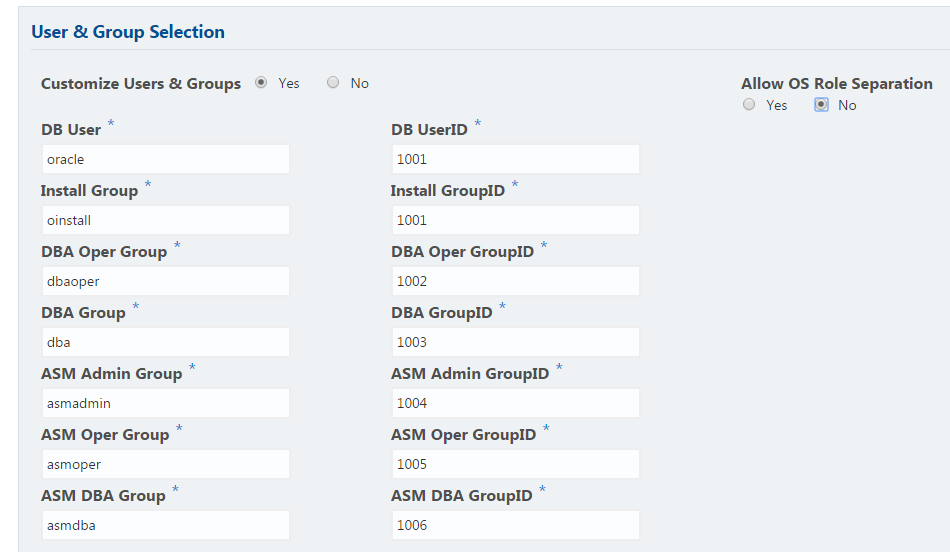4 Deploying Oracle Software on Oracle Database Appliance
Complete these tasks to deploy the Oracle Database Appliance software.
- About Deploying Oracle Database Appliance Software
Review this information to understand the available deployment options. - Verifying the DCS Agent Version
Ensure that your appliance has the latestdcs-agentbefore updating the repository. - Special Instructions for Upgrading from a 12.1.2.7.0 Environment
If you are using Oracle Database Appliance 12.1.2.7.0, then you must upgrade thedcs-agentto 12.1.2.8.0 before installing the latest Oracle Database Appliance Patch Bundle. If you are using 12.1.2.8 or later, you do not need to update thedsc-agent. - Updating the Infrastructure with the Latest Patch Bundle
If an older version of thedcs-agentis installed, then download the latest patch bundle and update the repository,dcs-agent, and server components. - Copying the Oracle Database Appliance Software
Copy the software bundle to the system and update the image to the latest version before deploying the appliance. - Deploying Oracle Database Appliance
Configure the system, network, user groups, database, and Oracle Auto Service Request (Oracle ASR) and deploy the appliance.
About Deploying Oracle Database Appliance Software
Review this information to understand the available deployment options.
The procedure to deploy software consists of the following steps:
-
Copy the Oracle Database Appliance Single Instance software bundle that you downloaded earlier.
-
Update the repository with Oracle Database Appliance Single Instance software bundle.
-
Deploy your configuration.
The Web Console is the preferred method of deploying your configuration. The Web Console provides all of the fields necessary to provision Oracle Database Appliance, including configuring the system, network, database, and Oracle Auto Service Request (Oracle ASR). If you prefer to use the command-line interface, you must create a JSON file to configure the deployment options.
Deploying Oracle Database Appliance software requires approximately 1 hour to complete.
Verifying the DCS Agent Version
Ensure that your appliance has the latest dcs-agent before updating the repository.
Special Instructions for Upgrading from a 12.1.2.7.0 Environment
If you are using Oracle Database Appliance 12.1.2.7.0, then you must upgrade the dcs-agent to 12.1.2.8.0 before installing the latest Oracle Database Appliance Patch Bundle. If you are using 12.1.2.8 or later, you do not need to update the dsc-agent.
dcs-agent includes changes and information not available in the 12.1.2.7.0 version of the dcs-agent. The information is needed to use the command-line interface to install the update bundle and update the agent, server, and databases. Use the describe-job command to monitor the progress of each patching job. Run the update-image command to update the dcs-agent image to the latest version.Note:
If you are using 12.1.2.7.0, you must run theupdate-image command to update the dcs-agent image to version 12.1.2.8.0. Once you are on version 12.1.2.8.0, use the update-repository command and follow the steps to install the latest update release. before using the patching command-line interface.Caution:
Do not patch Oracle Database Appliance using individual patches for Oracle Grid Infrastructure, Oracle Database, or Oracle Linux. Also do not use individual infrastructure patches, such as firmware patches. You must only use Oracle Database Appliance patches.
If you use patches that are not intended for Oracle Database Appliance, or if you use Opatch, or a similar patching tool, then Oracle Database Appliance inventory is not updated, and you cannot complete future patch updates.
Related Topics
Updating the Infrastructure with the Latest Patch Bundle
If an older version of the dcs-agent is installed, then download the latest patch bundle and update the repository, dcs-agent, and server components.
dcs-agent.
Note:
If you are on version 12.1.2.7, then you must upgrade the agent to a version that supports patching.Copying the Oracle Database Appliance Software
Copy the software bundle to the system and update the image to the latest version before deploying the appliance.
You must copy the Oracle Database Appliance Single Instance software bundle to the Oracle Database Appliance.
Copy the file using a Secure Copy (scp) or Secure File Transfer Protocol (sftp) protocol. To use scp or sftp, you must first set up a static IP address (for example, oda_host) and configure Oracle Database Appliance with that address by using the configure-firstnet command. This command ensures the system is available in your network, enabling you to use the Oracle Appliance Manager Web Console to deploy Oracle Database Appliance.
Alternatively, you can use a USB storage device. To use a USB drive to transfer the files, you must format it first as FAT32, ext3, or ext4. NTFS file formats are not supported.
Before running the update-repository command, ensure that your appliance has the latest version of the dcs-agent and that the initial network connection is configured.
Related Topics
Deploying Oracle Database Appliance
Configure the system, network, user groups, database, and Oracle Auto Service Request (Oracle ASR) and deploy the appliance.
Launch the Web Console to complete the following configuration steps to deploy Oracle Database Appliance:
-
Configure the system
-
Configure the client access network
-
(Optional) Configure an additional network and an Oracle ILOM network
-
Configure a database
-
(Optional) Configure Oracle ASR
Use the checklists that you completed earlier as a reference for the configuration settings needed to deploy the appliance.
After deployment, the root and database users SYS, SYSTEM, and PDBADMIN are set to the master password. The oracle and grid passwords are set to the administrator password for oda-admin. Change these passwords to comply with your user security protocols.





